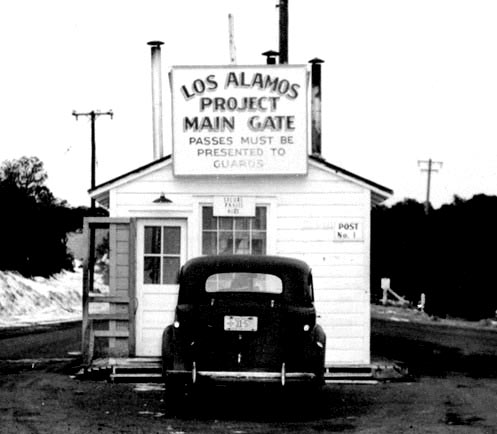Sir Geoffrey Ingram Taylor was a British physicist and mathematician, and later, a Manhattan Project scientist. Taylor was born in St. John’s Wood, London, and has been described as one of the most notable scientists of the 20th century. During World War II, Taylor used his expertise to help solve military problems such as the propagation of blast waves, by studying waves in both air and underwater explosions.
His work serves as an example of the British contributions to the Manhattan Project. Taylor was in the U.S. from 1944 to 1945, as part of the British delegation to the Manhattan Project, and he arrived in Los Alamos on May 24, 1944. Here, he observed implosion instability problems with the development of the “Fat Man” bomb, and was able to contribute to the work being done on hydrodynamics. His work led to a new design meant to minimize possible instability in the atomic bombs.
Rayleigh- Taylor Instability is an instability of an interface between two fluids of different densities, and this instability occurs when a light fluid is accelerated into a heavy fluid. Examples include: the behavior of oil when added to water, mushroom clouds caused by nuclear explosions, and supernova explosions. Taylor observed that if light material is accelerated against heavy material, the boundary between the two will become unstable and turbulent, which could potentially cause unpredictable results. Taylor then advised the Los Alamos theorists to be more cautious when designing the implosion system, and in the summer of 1944, the temper sphere was redesigned. He was also present at the Trinity nuclear testing site, as part of General Leslie Groves’ “VIP List.”
Later Life
After the War, Taylor continued his research. He served on the Aeronautical Research Committee, and contributed to the development of supersonic aircraft. He officially retired in 1952, but continued to do research for the next 20 years, which led to advances in measuring viscosity. In his final research paper, Taylor focused on electrical activity during thunderstorms. The Taylor cone used in some jets is named after him.





